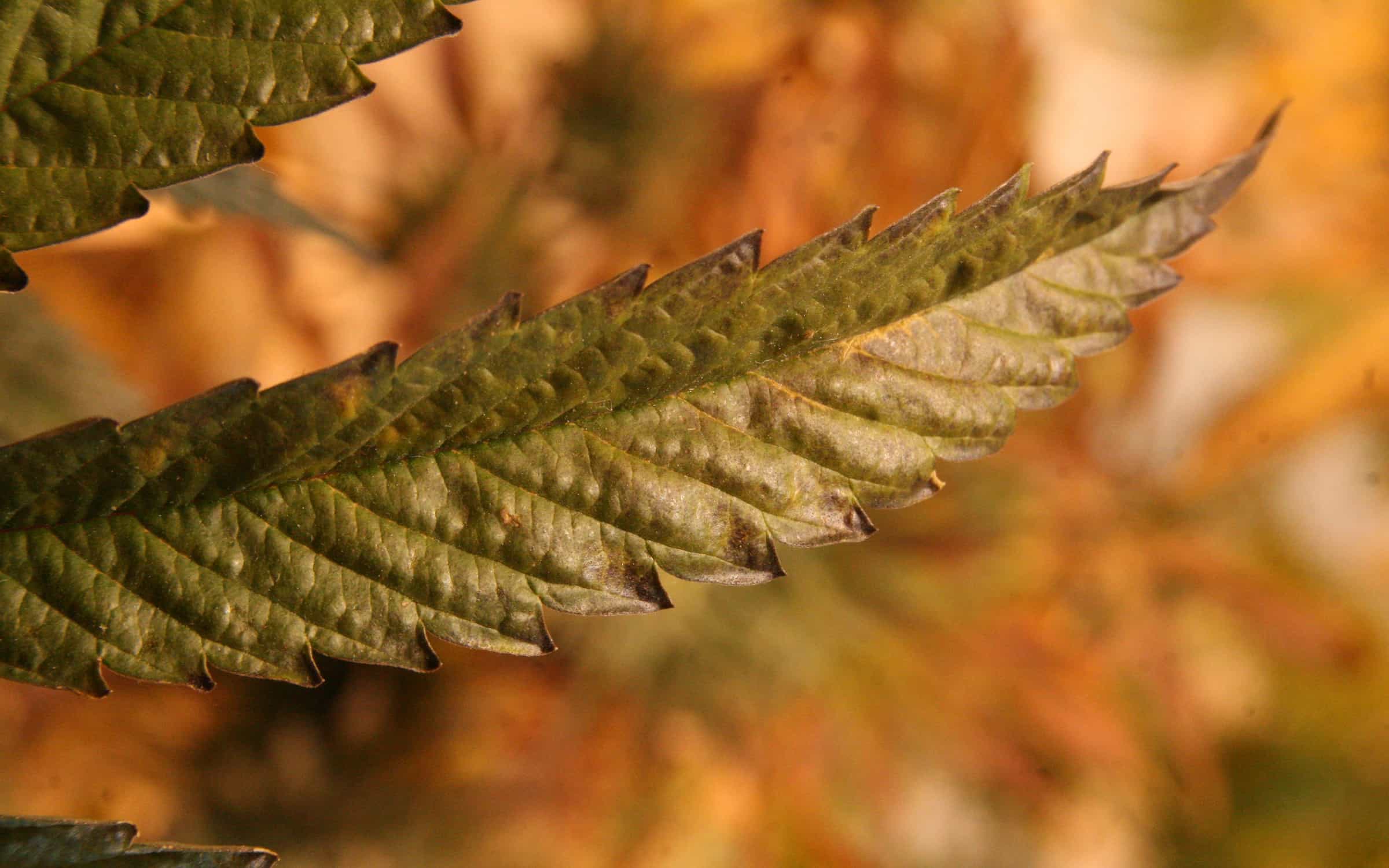I remember you now, I've looked at this exact water report in the past. If I recall correctly, I recommended you go buy some Peat Moss and let it soak in your tap water, and record the pH levels to see if your water is buffering or not. From what I read on your water report, I do in fact believe your water is causing alkaline pH related issues.
The only way to confirm it is to do the test I mentioned above. Soak Peat Moss (3.0-4.0 pH) with your tap water (7.6-9.1 depending on your region, so your report says. Too alkaline). The alkaline tap water (7.6-9.1 city dependent) will buffer the pH of the peat.
Best way to confirm if your water buffers? pH test! Take your well water, put it in a glass, and pH it. It'll pH 8.0+ for sure, just as the water report says. After this, dump lemon juice or vinegar into the solution until the pH color shows 3.0-4.0 pH.
Then, wait 24 hours. If the color of the solution returns to 8.0 pH, then your water is a buffer.
Make your own soil without dolomite lime or OSF, let the soil soak in the water for 24 hours, then pH the water solution. The pH should read ~6.0-7.0 pH and will stay that way after 24 hours because your water is doing the job of the Dolomite Lime.
As for how to analyze the info in your water report.
See how on the top row, the 3rd, 4th, and 5th columns say "Cove Communities Range", "ID No.8 Range", and "ID No 11 Range". Footnotes say the following:
"(2) Cove Communities includes the communities of Rancho Mirage, Thousand Palms, Palm
Desert, Indian Wells, La Quinta, Mecca, Bombay Beach, North Shore, Hot Mineral Spa; and
portions of Bermuda Dunes, Cathedral City, Indio, Oasis, Riverside County, Thermal, and
Valerie Jean.
(3) ID No. 8 includes the communities of Indio Hills, Sky Valley; and select areas within and
adjacent to Desert Hot Springs.
(4) ID No. 11 includes the communities of Desert Shores, Salton Sea Beach and Salton City"
When we last talked, I believe you said you were Desert Hot Springs specifically? That means you want to look at the ID No.8 column.
See the row 3 rows below "hardness as CaCO3" that says "pH, units"?
According to the chart, the pH for ID No.8 is 8.0-8.1 pH, similar to my well water's pH.
Regardless of what region you live in though, the minimum pH of any water in Coachella Valley is 7.6 according to this report.
So in summation, according to your water report, you've effectively been watering with water that has pH levels of between 7.6-9.1 pH! This is akin to pouring pH Up into RO water, and using that to water your plants. Same exact thing.
This is how it went for me. Veg is great, and things go wonderful for the first 4 weeks or so. Eventually, those Ca "rust" spots start showing up. Then your leaves begin "praying" for Magnesium, which is now locked out. K gets locked out next, and then finally P. The lack of Ca, Mg, and K also locks out some of your micro nutes; such as Iron.
By the time 12/12 is triggered, the plants are showing all of the above symptoms. The leaves start twisting and contorting, showing signs of chlorosis. Bud sights stay small, do not grow very large, and will be extremely airy. At this point, people typically only notice the Mg def, and spray Epsom Salts like mad hoping it corrects the issue. However, Ca is still in excess, and your P and K are still locked out regardless of using the Epsom Salts.
This is because with each and every watering you do, you're increasing the pH.
I heavily recommend you do the tests I listed at the top of this post.
I guarantee that if you build your own soil that has
zero dolomite lime/Oyster Shell Flower/buffer then you will experience successful results. Your water is the buffer here, no need to add lime. The lime/OSF is combining with the CaCO3 in your water, and is resulting in CaCO3 salt build up, which is resulting in alkaline pH levels that are 8.0 and above.
Common misconception, actually. People mistakenly attribute the "praying" to the plants enjoying the light, but the plants are actually "praying" for Magnesium.
"Magnesium is the powerhouse behind photosynthesis in plants. Without magnesium, chlorophyll cannot capture sun energy needed for photosynthesis. In short, magnesium is required to give leaves their green color.
Read more at Gardening Know How: Fixing Magnesium Deficiency in Plants: How Magnesium Affects Plant Growth
https://www.gardeningknowhow.com/garden-how-to/soil-fertilizers/fixing-magnesium-deficiency.htm"
This is why the plants "pray", because the leaves can't capture the sun's rays.
This is why you experienced improvements by dimming your lights: less light = less photosynthesis = less Mg needed = less likely to see Mg deficiencies.
Instead of dimming your light, you could supplement with Mg in the form of Epsom Salts, or better yet Langbeinite.
However, I believe that your Mg deficiencies aren't actual deficiencies, but lockout from your pH being too alkaline.
Gonna be a total pain in the ass, but you're going to have to create entirely new soil without any buffers. Otherwise, the issue will never correct itself.
Working with your water is the best plan here, however if you're unwilling/unable to create a new soil mix with ZERO buffers then you will have to find a new water source.
Your water, like mine, is effectively pH Up.
Regards.






